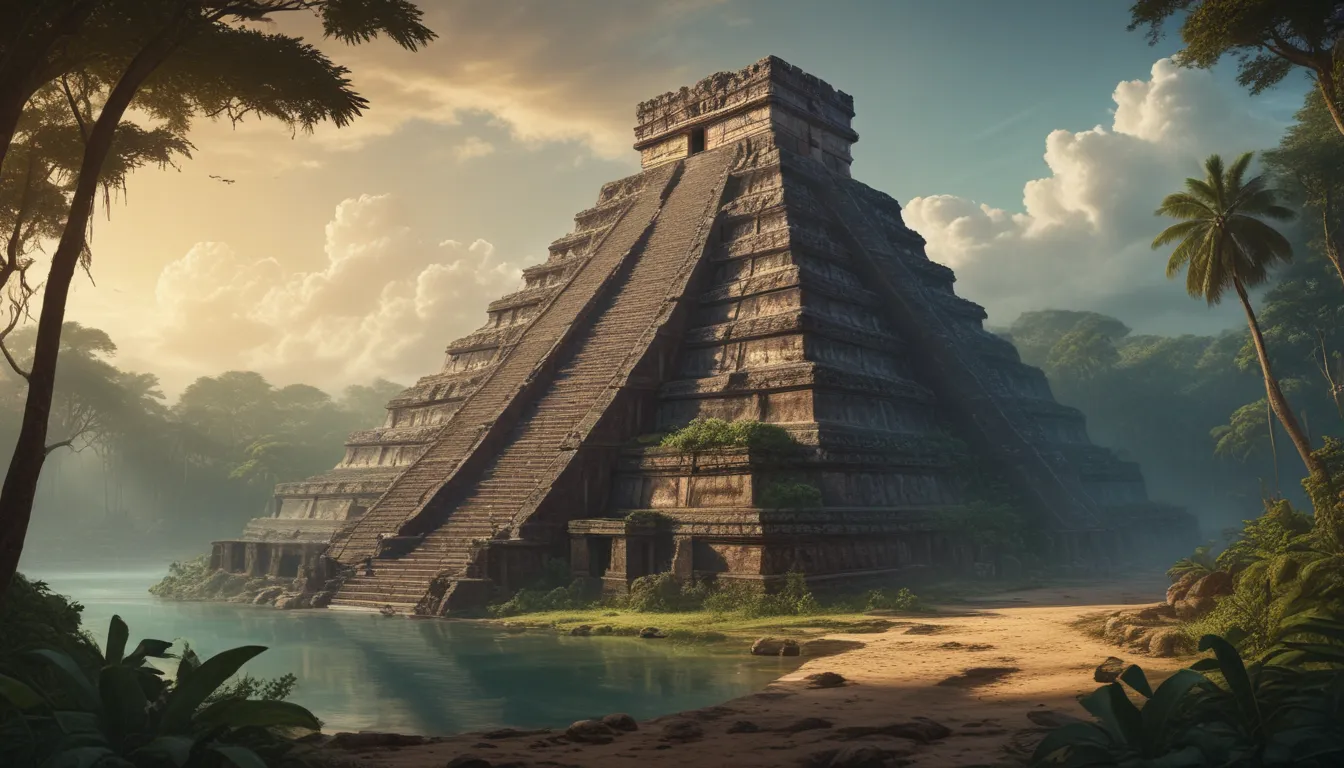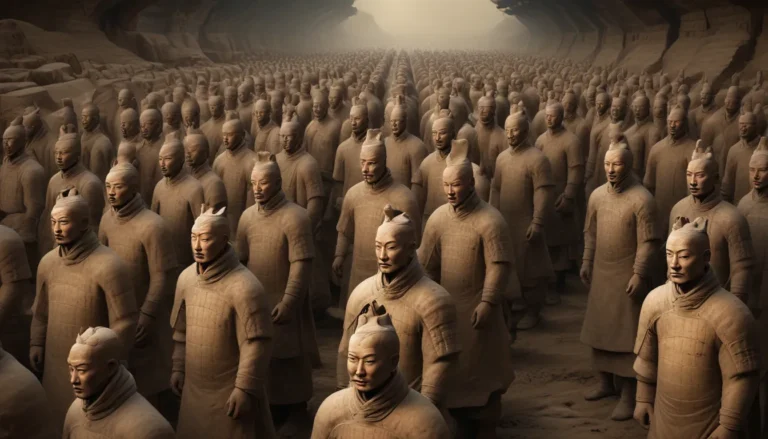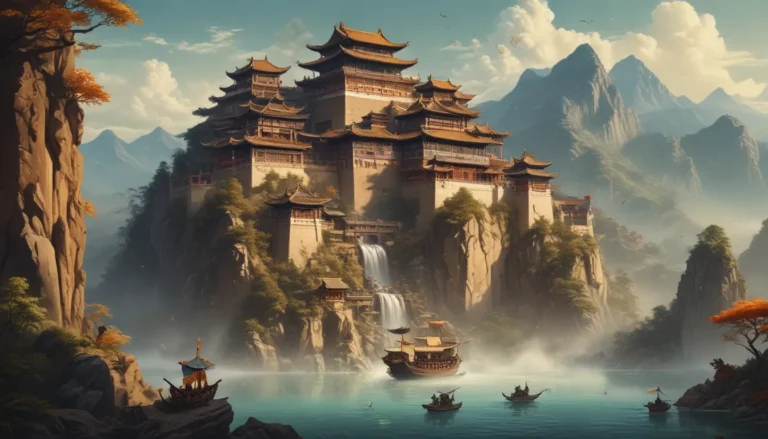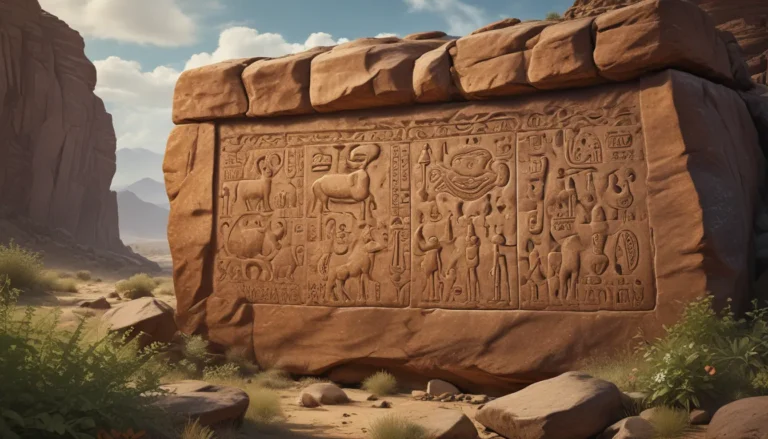The images in our articles may not match the content exactly. They are used to grab your attention, not to show the exact details in the text. The images complement the text but do not replace it.
Are you ready to uncover the captivating world of the Maya civilization? Known for their impressive achievements in writing, astronomy, and architecture, the Maya have left a lasting legacy that continues to intrigue and inspire us today. In this in-depth exploration, we will delve into the fascinating facts and mysteries surrounding this ancient Mesoamerican civilization. Join us on a journey through time as we uncover the secrets of the Maya and their remarkable contributions to history.
Unveiling the Maya Civilization
Before we embark on our exploration of the Maya civilization, let’s take a moment to understand the basics. The Maya civilization, located in present-day Mexico and Central America, was a collection of independent city-states with a shared culture and religion. Renowned for their art, architecture, mathematics, and astronomy, the Maya have fascinated scholars and historians for centuries.
- The Maya civilization was characterized by its unique structure of city-states, each governed by its own ruler while sharing common cultural practices and religious beliefs.
Deciphering the Maya Script and Language
One of the most significant contributions of the Maya civilization was the development of a sophisticated writing system known as the Maya script. This script combined phonetic symbols and logograms to convey meaning, a remarkable feat for its time.
- The Maya script, a combination of symbols representing words or syllables, is a testament to the advanced intellectual capabilities of the Maya people.
- Despite attempts to eradicate the Maya script during the Spanish conquest, it has persisted through the centuries and is still used by descendants of the Maya today.
Marveling at Maya Architecture
The Maya are perhaps best known for their impressive architectural achievements, particularly their iconic pyramids that served both as religious temples and astronomical observatories.
- The Pyramid of Kukulkan at Chichen Itza is a prime example of Maya architecture, featuring a serpent shadow that appears during the equinoxes, showcasing their expertise in astronomy.
- The ancient city of Tikal, with its plethora of temples and palaces, stands as a testament to the grandeur and complexity of Maya urban centers.
Delving into the Maya Calendar System
The Maya calendar system is a fascinating example of the civilization’s advanced mathematical and astronomical knowledge, featuring intricate cycles that interlocked in sophisticated ways.
- The Long Count calendar, tracking a cycle of over 5,000 years, is one of the most well-known components of the Maya calendar system.
- Contrary to popular belief, the Maya did not predict the end of the world in 2012; rather, the end of a cycle in the Long Count calendar was misinterpreted as an apocalyptic prophecy.
Exploring Maya Science and Mathematics
The Maya people excelled in the fields of astronomy and mathematics, demonstrating a deep understanding of celestial phenomena and numerical concepts.
- The Maya were able to predict solar eclipses and understand the movements of celestial bodies with remarkable accuracy.
- Their invention of the concept of zero, independently of other civilizations, was a groundbreaking development that revolutionized their calendar and astronomical calculations.
Unveiling the Spiritual Practices of the Maya
Central to Maya culture was a complex belief system involving a pantheon of gods and goddesses, rituals, and ceremonies aimed at maintaining cosmic order and appeasing their deities.
- Rituals and ceremonies were integral to Maya daily life, serving as a means to connect with their gods and ensure harmony in the world.
- While human sacrifice was practiced by the Maya, it was not as widespread as in other Mesoamerican cultures and was seen as a way to nourish the gods and preserve balance.
The Legacy of the Maya Today
Despite the passage of centuries and the challenges of modernization, the descendants of the ancient Maya continue to uphold their cultural traditions and heritage.
- Communities of Maya descendants still inhabit the regions once dominated by their ancestors, preserving aspects of their language, dress, and rituals.
- A resurgence of interest in Maya culture has led to renewed efforts to protect archaeological sites and acknowledge the contributions of the Maya to world history and science.
As we reflect on the complex and enigmatic world of the Maya civilization, we are reminded of the enduring legacy of this remarkable ancient culture. Their advancements in astronomy, mathematics, architecture, and spirituality continue to captivate and inspire us, shedding light on the incredible achievements of humanity’s past. Join us in this journey through time as we unravel the mysteries of the Maya and gain a deeper appreciation for their enduring impact on the world.






